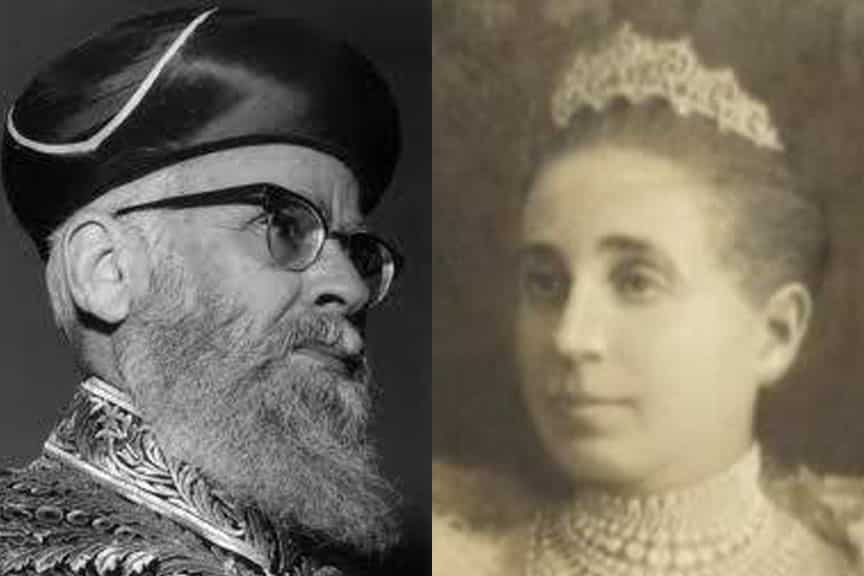
For most of Jewish history, the havruta system – where two people partner for serious Torah study – was limited to men. In the early 20th century, two prominent Iraqi personalities – one female and one male – broke the glass ceiling.
Farha Flora Sasson was a prominent businesswoman who loved to study Torah, Talmud and Halakha. Her havruta via correspondence was Yitzhak Nissim, a young Torah scholar who later became Israel’s second Sephardic Chief Rabbi (1955-1973).
Farha Sassoon was humble and modest, and wished to keep her havruta correspondence with Rav Nissim private. He respectfully disagreed, and he wanted to publish their Torah discussions in his new book of halakhic responsa. He felt that publishing their exchanges – with her name – would set a groundbreaking example for women to engage in serious Torah study:
“I’ve been thinking about this a lot, and I don’t understand why Her Honor does not want her name written in the halakhic book I will be publishing? I firmly believe that it is incumbent on the Hakhamim of this generation to strengthen and encourage women who voluntarily take upon the study of the Oral Law. In fact, I pray that God will inspire the hearts of many women to study Torah, and that the light of their Torah will be a positive influence on their surroundings, especially on the children in their home, for to our great sorrow, our levels of Torah and reverence for God have terribly deteriorated. I therefore think it is preferable that we should mention your name in my published book. If Her Honor is not agreeable to this, I will cancel that thought, for the greatest display of respect is honoring a person’s will. Having said that, I do think that for the sake of future generations, it is preferable that your name should be mentioned in print.”
Thankfully he convinced her. Rav Nissim’s book – Yayin Hatov – was published in 1946, and for the very first time, here was a halakhic work that included three lengthy responsa reflecting a havruta exchange between a man and a woman.
In these responsa, Rav Nissim addressed Farha as “Rabbanit” – a title which could either mean “rabbi’s wife” or “female rabbi.” She was neither, so his addressing her as “Rabbanit” was out of his deep respect for her rabbinic knowledge and passion for Torah study.
Quietly, without any fanfare, Rav Yitzhak Nissim and Rabbanit Farha Sassoon helped pave the way for serious Torah study for women.
That’s an achievement worthy of celebration, especially on Simhat Torah.
Shabbat Shalom and Hag Sameah
Rabbi Daniel Bouskila is the director of the Sephardic Educational Center and the rabbi of the Westwood Village Synagogue.
























 More news and opinions than at a Shabbat dinner, right in your inbox.
More news and opinions than at a Shabbat dinner, right in your inbox.